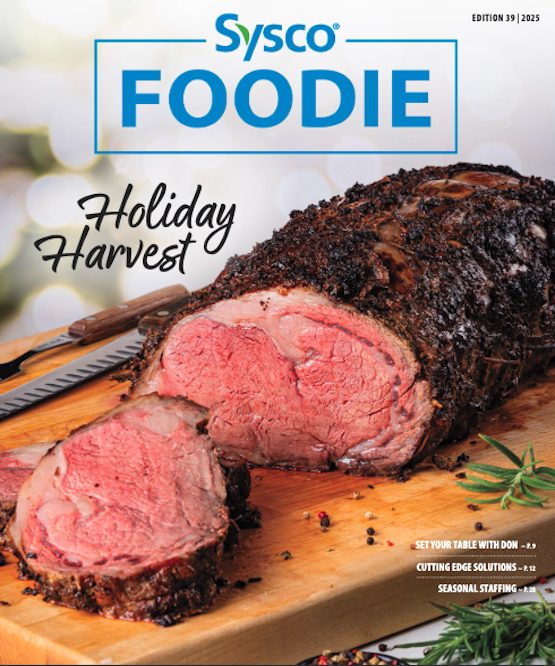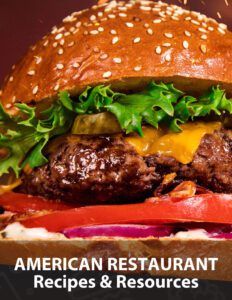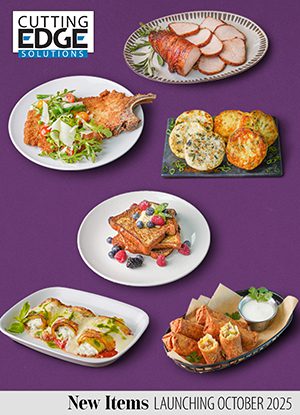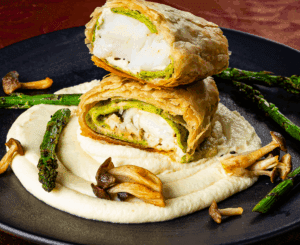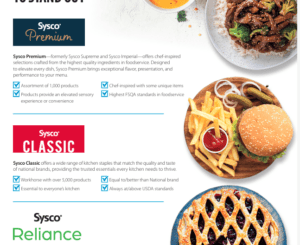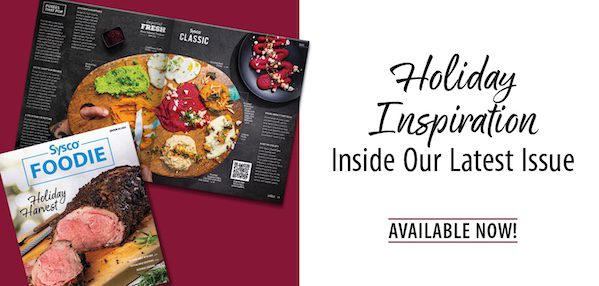Summer is prime time for restaurants to capture hungry diners seeking fresh, memorable experiences. The secret to making the most of this golden season? Letting your menu become your strongest asset. By making smart, strategic adjustments, you can transform your kitchen into a model of efficiency while showcasing the bounty of peak-season ingredients. Your summer menu can be the key that unlocks greater profitability and delights both your team and guests. Here’s how to turn your seasonal offerings into a powerhouse of success.
Cost Control Starts with Smart Pricing
In today’s market, menu pricing isn’t set-it-and-forget-it. Staying ahead of costs requires regular adjustments:
Menu Audits: Don’t wait for ingredient costs to spike—review your menu frequently to ensure profitability. If a dish isn’t selling as expected, consider repositioning it as a limited-time special or adjusting the portion size.
Ingredient Substitutions: Keep an eye on market fluctuations and swap expensive ingredients for budget-friendly, seasonal alternatives. For example, when fresh berries get pricey, switch to frozen options for desserts.
Stretch Your Ingredients, Not Your Budget
Waste is one of the fastest ways to drain profits. Smart ingredient utilization can cut costs without compromising quality or flavor:
Pickling & Fermenting: Preserve excess cucumbers, tomatoes, or citrus peels to create house-made pickles, condiments, and garnishes that add depth to your dishes.
Freezing for Future Use: Freeze peak-season berries for desserts and cocktails. Save vegetable trimmings for broths and stocks. Lock in summer flavors now to use when prices climb later.
Cross-Utilization: Get more mileage from your ingredients. Use pickling brine as a marinade, incorporate fermented vegetables into vinaigrettes or sauces, or repurpose roasted proteins into sandwiches and bowls.
Design Your Menu for Maximum Profitability
Your menu layout can subtly steer customers toward high-margin items. Here’s how to make it work for you:
Prioritize Best Sellers: Use sales data to identify your top-performing dishes and feature them in prime menu locations (top-right corner, chef’s specials, or highlighted callout box).
Know Your True Costs: Track every ingredient cost—even garnishes and sauces—to ensure accurate pricing. Small adjustments can protect your margins.
Test & Tweak: Use sales data from your POS system to identify underperforming dishes and remove or rework them. Experiment with slight price increases to see how demand responds.
Portion Control = Profit Control
Consistent portions aren’t just about waste reduction—they directly impact your bottom line.
Standardize Portions: Make sure your team serves consistent portions to prevent overages, even small ones.
Adjust for Plate Waste: If guests frequently leave food behind, consider reducing portion sizes while keeping flavor impact high. This improves guest satisfaction while saving on food costs.
Cost Control Starts with Smart Pricing
In today’s market, menu pricing isn’t set-it-and-forget-it. Staying ahead of costs requires regular adjustments:
Menu Audits: Don’t wait for ingredient costs to spike—review your menu frequently to ensure profitability. If a dish isn’t selling as expected, consider repositioning it as a limited-time special or adjusting the portion size.
Ingredient Substitutions: Keep an eye on market fluctuations and swap expensive ingredients for budget-friendly, seasonal alternatives. For example, when fresh berries get pricey, switch to frozen options for desserts.
Sysco Studio is a powerful online tool that helps analyze food costs and menu performance, giving you the confidence to make data-driven decisions.


